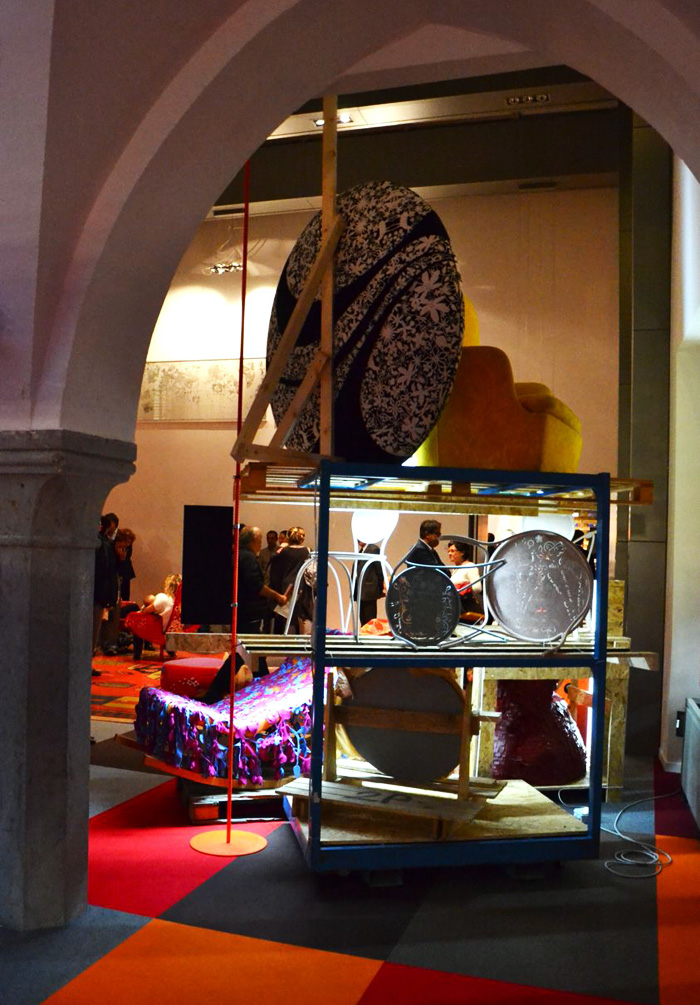Renzo Piano’s new temporary auditorium opened in L'Aquila by Italy's President Giorgio Napolitano, reports Jeanne-Marie Cilento
The renowned Italian architect donated the design of the project to L'Aquila, the Abbruzzo region's capital city destroyed by earthquake in 2009. President Napolitano said at the opening ceremony, the new auditorium is a symbol of the future regeneration of the city's old town. Former Prime Minister Silvio Berlusconi's plan for a "new town" has been completely scrapped.
In the aftermath of the disaster, the musical director and conductor Claudio Abbado asked Renzo Piano to create a space dedicated to music to allow the city’s cultural life to continue. This is the first public building to be constructed since the old town's destruction.
Piano collaborated with 20 undergraduate engineers from the local university to complete the building. Composed of three wooden cubes with varying proportions, the buidling is made from wood from the Val di Fiemme and houses 250 seats.
Funded by the Province of Trento, the project began in 2009 but has had to overcome many controversies before it was completed. The community in L'Aquila is concerned the new temporary auditorium will remain permanent and replace the historic original at the city’s castle that still needs restoration - like the rest of the old town.
But Renzo Piano has always said his auditorium is “ephemeral architecture” - made of wood and not of stone - and that it can be dismantled in the future if the city decides it is no longer needed.
Click on photographs for full-screen slideshow
Photographs by Franco di Capua









































































